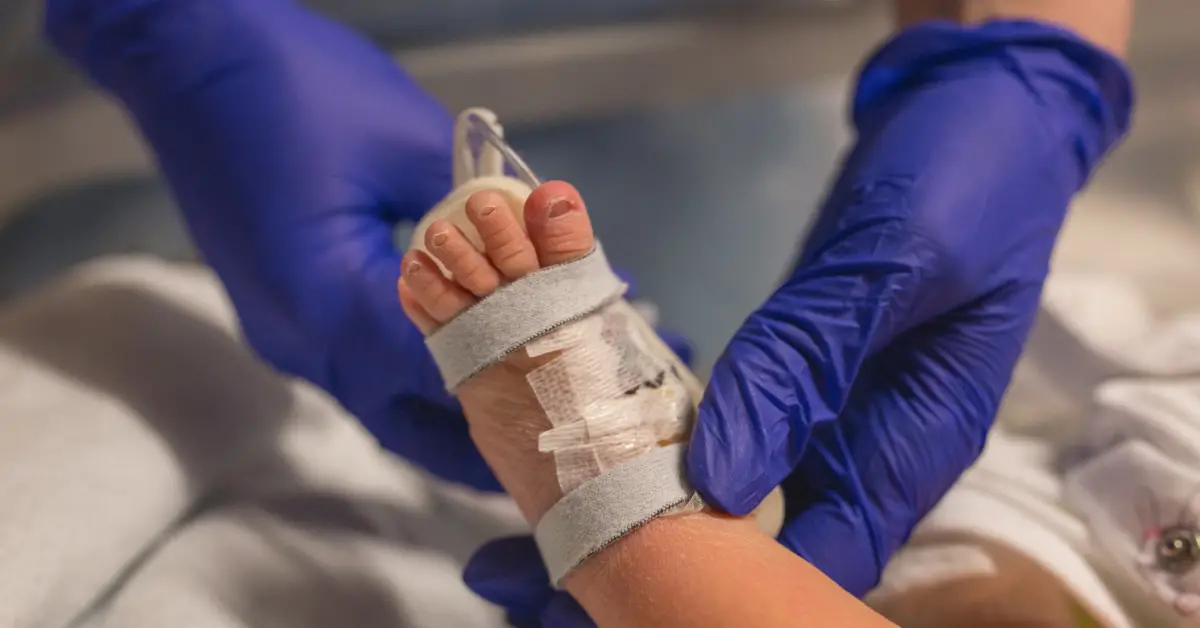Sepsis is a life-threatening condition that can rapidly progress if not diagnosed and treated promptly. An example of sepsis developing from a seemingly innocuous event is the story of Sienna, a four-year-old girl from South Wales who contracted the infection after trying on shoes without socks. While her case is rare, it highlights the importance of understanding sepsis, its signs and symptoms, and taking appropriate preventative measures.
Understanding Sepsis
Sepsis occurs when the body’s response to infection becomes imbalanced, causing widespread inflammation that can lead to organ damage, tissue death, and, ultimately, organ failure.
Infections that commonly cause sepsis include pneumonia, kidney or abdominal infections, or blood infections. However, any infection can potentially lead to sepsis.
Who Is at Risk?
Certain populations are more susceptible to developing sepsis:
- Elderly individuals
- Infants
- People with weakened immune systems
- Those with chronic medical conditions, such as diabetes, kidney disease, or cancer

The Red Line
One potential sign of sepsis is a red line running from a wound along a vein. This can indicate the spread of infection through the bloodstream, and medical attention should be sought immediately[1]. However, the red line is not the only symptom of sepsis, and other signs should also be considered.
Signs and Symptoms of Sepsis
Sepsis symptoms can vary and may be nonspecific, making it difficult to diagnose. Common signs include:
Sienna’s Story: Shoe Shopping Gone Wrong
- High fever or low body temperature
- Elevated heart rate
- Fast breathing or shortness of breath
- Disorientation, confusion, or altered mental state
- Skin rash or discoloration
- Decreased urine output
If you suspect sepsis, it is crucial to seek immediate medical attention. Early intervention can be life-saving.
In a rare and unfortunate case, Sienna, a four-year-old girl, contracted sepsis after trying on shoes without socks during a shopping trip with her mother, Jodie Thomas.
Sienna endured a five-day hospital stay and narrowly avoided surgery, as doctors were able to drain the infection from her foot.

Preventing Sepsis
Sienna’s case highlights the importance of taking precautions to prevent sepsis. While trying on shoes without socks isn’t inherently high-risk, it is essential to avoid potentially contaminated surfaces when you have open cuts or sores and to pay attention to any early signs of infection. [2]
To minimize the risk of sepsis, doctors suggest the following preventative measures:
- Proper wound care, including cleaning and covering with a bandage
- Good hygiene practices, such as regular handwashing
- Staying up-to-date on vaccinations
- Managing chronic medical conditions
Jodie Thomas shared her daughter’s story on Facebook to raise awareness about sepsis and the importance of wearing socks while trying on shoes. She urged parents to take this simple precaution to prevent the spread of infection.
Sepsis is a life-threatening condition that requires prompt detection and treatment. By understanding the signs and symptoms, including the red line, and taking appropriate preventative measures, the risk of sepsis can be minimized. Awareness and vigilance are key in preventing the devastating consequences of this severe condition.

Sources:




















